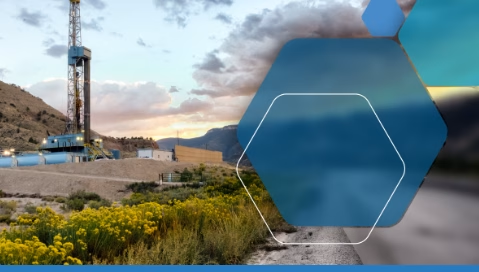Microseismic Monitoring

Passive, persistent, and permanent seismic monitoring using compact phased arrays can be automated to observe patterns of seismicity in the reservoir horizon and surrounding geologic units, and it can deliver this information in real time as the activity is unfolding.
A primary reason for the term “compact array” is to distinguish these systems from extended linear or planar sensor deployments or combinations of extended linear and planar sensor deployments of significant channel count.
Real-Time Microseismic Monitoring
While a primary goal of passive seismic monitoring is to better understand geologic reservoir dynamics over the life of the field, understanding the real-time reservoir response aids in quantifying the effectiveness of reservoir engineering actions as well as recognizing potential and incipient problems not directly related to reservoir horizons. Compact volumetric array deployment offers effective subsurface monitoring and does not require a large channel count or wide aperture surface networks or deep borehole seismometers.
A reduced network footprint is more economical to deploy and maintain. Significant performance gains are attainable using a network of permanently deployed, compact, volumetric phased arrays for monitoring microseismicity associated with geologic reservoirs. Persistent monitoring technologies, when fully automated to produce real-time event bulletins, will be an enabling capability for managing gigatonne CO2 geologic sequestration.
Microseismic Applications
Carbon Capture & Storage
Carbon Capture, Utilization, and Storage (CCUS) and gas storage require effective Measurement, Monitoring, and Verification (MMV) to de-risk operations, sufficiently meet regulatory compliance (verification), alleviate public safety concerns, and count for offset certification.
Wastewater Disposal
Real-time, affordable, high-fidelity monitoring of disposal sites allows operators to ensure public safety while maintaining operational efficiency.
Enhanced Geothermal Systems
Projected to grow 26x over the next few decades, EGS requires monitoring to ensure a confident understanding of the subsurface response to temperature changes in order to maintain asset value.
Steam-Assisted Gravity Drainage
Oil sands comprise 24% of the world’s energy resources, and SAGD significantly benefits from a real-time understanding of the reservoir’s response to steam pressures.
